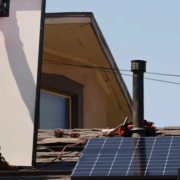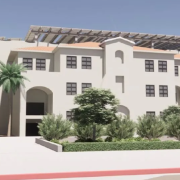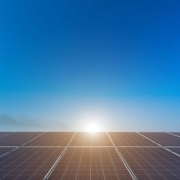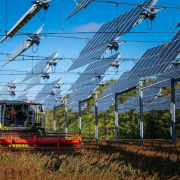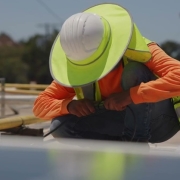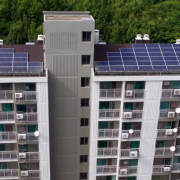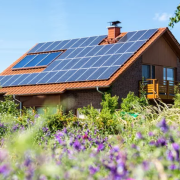The Southern California counties of Los Angeles, Ventura and San Diego could collectively power more than 270,000 homes annually by lining their highways with solar energy infrastructure, according to analysis released Thursday.
The three counties have more than 4,800 acres of suitable space to develop solar power alongside highways, which could potentially accommodate up to 960 megawatts of renewable energy capacity, according to the report by the Environment California Research & Policy Center.
“This summer’s barrage of record-breaking temperatures is an urgent reminder that we must accelerate our transition to clean energy, including solar power,” Steven King, Environment California Research & Policy Center’s clean energy advocate, said in a statement.
Click here to read the full article
Source: The Hill
—
If you have any questions or thoughts about the topic, feel free to contact us here or leave a comment below.

